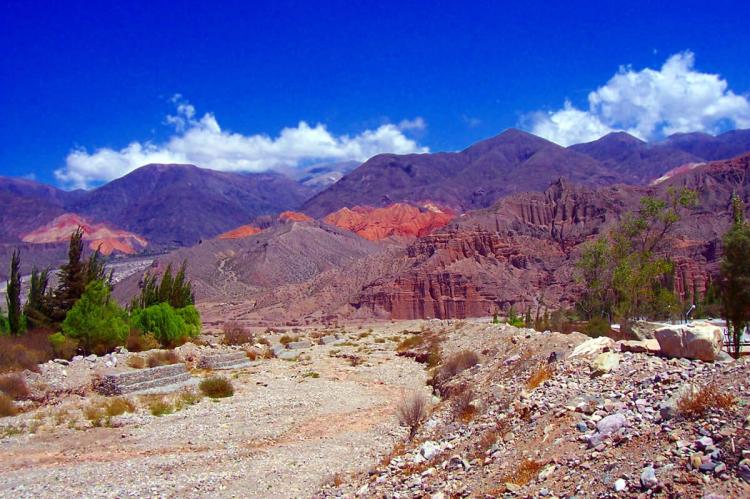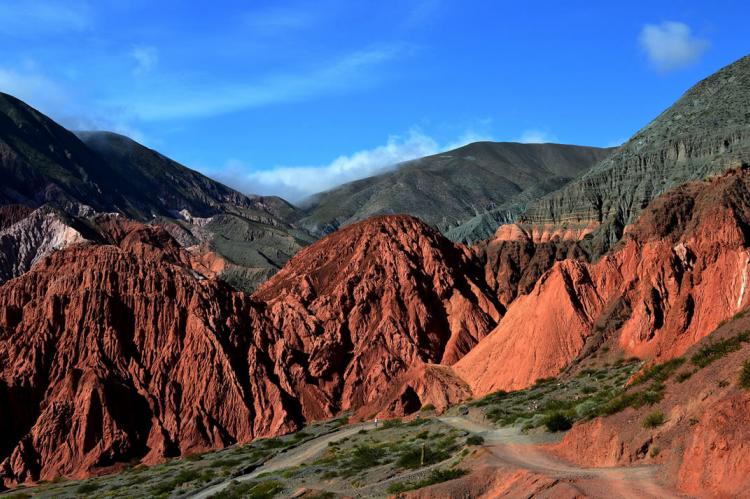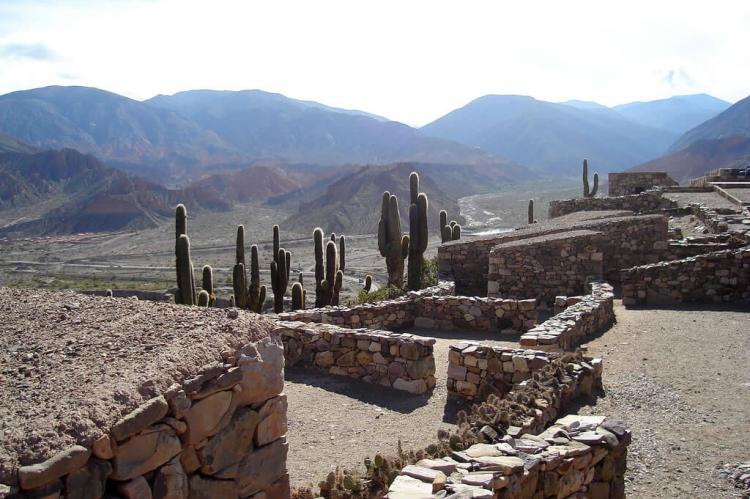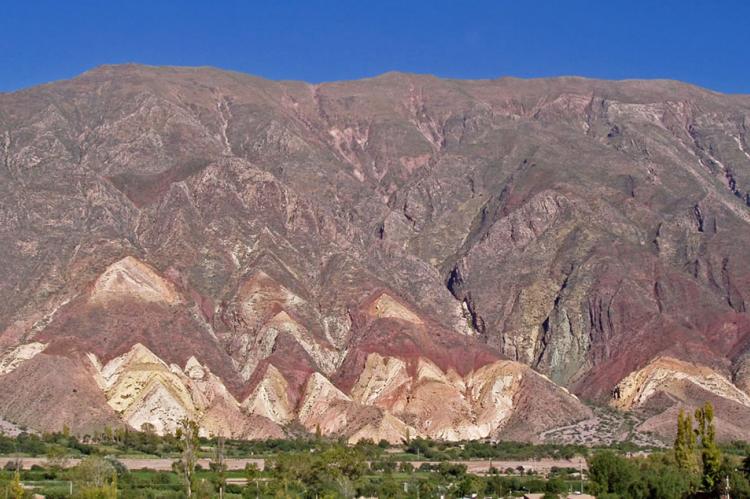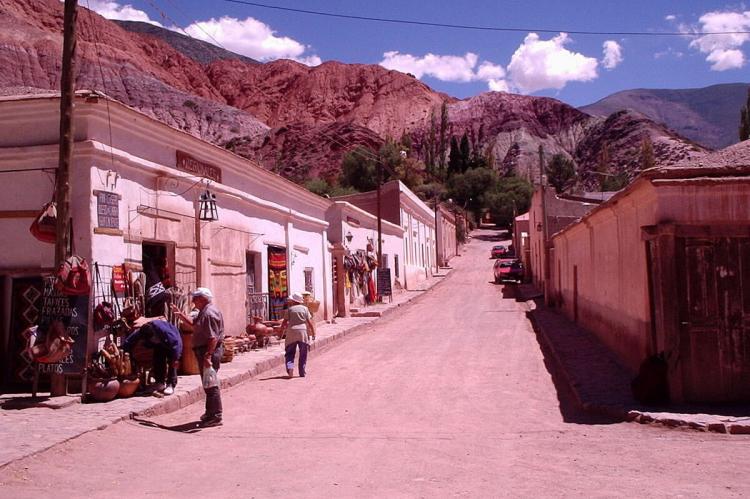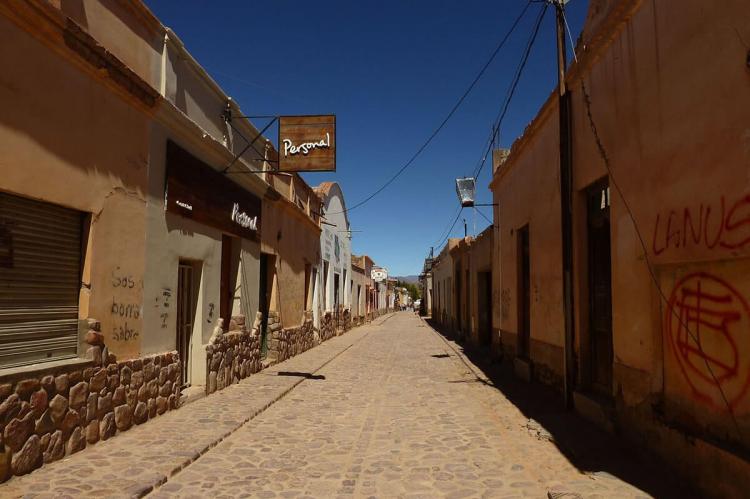Quebrada de Humahuaca (Argentina)
Quebrada de Humahuaca is a narrow, arid mountainous valley in northwestern Argentina. Used for over 10,000 years to transport people and ideas as part of the Main Andean Road, it is today renowned for its stunning scenery, rich cultural heritage, and unique blend of indigenous and Spanish influences.
Quebrada de Humahuaca
Quebrada de Humahuaca, located in the Province of Jujuy, is a narrow and arid mountainous valley, bordered by the Altiplano in the west and north, by the Sub-Andean hills in the east and by the warm valleys (Valles Templados) in the south.
Used for over 10,000 years to transport people and ideas, Quebrada de Humahuaca is today a UNESCO World Heritage Site renowned for its stunning scenery, rich cultural heritage, and unique blend of indigenous and Spanish influences.
Oriented north-south and about 155 km (96 mi) long, Quebrada de Humahuaca follows the line of a major cultural route, the Main Andean Road, along the spectacular valley of the Grande River (Río Grande).
The name quebrada (literally "broken") translates as a deep valley or ravine. It receives its name from Humahuaca, a small city of 11,000 inhabitants.
The valley is home to several pre-Inca ruins, including the Pucará de Tilcara, a fortified settlement built around 1000 BC. The Quebrada is also home to several colonial churches, including the Iglesia de San Francisco in Humahuaca, built in the 17th century.
One of the most distinctive features of the Quebrada de Humahuaca is its colorful mountains. The mountains are composed of various minerals, giving them their distinctive hues. The most famous of these mountains is the Cerro de los Siete Colores, a 3,400-m (11,200-ft) peak striped with a rainbow of colors.
The region has always been a crossroads for economic, social and cultural communication. It has been populated for at least 10,000 years since the first hunter-gatherers' settlement, evidenced by substantial prehistoric remains.
It was a caravan road for the Inca Empire in the 15th century, then an essential link between the Viceroyalty of the Río de la Plata and the Viceroyalty of Peru, as well as a stage for many battles of the Spanish War of Independence.
Quebrada de Humahuaca shows substantial evidence of its use as a major trade route over the past 10,000 years. Scattered along the valley are extensive remains of successive settlements whose inhabitants created and used these linear routes.
Of particular note are the extensive remains of stone-walled agricultural terrace fields at Coctaca, thought to have originated around 1,500 years ago and still in use today; these are associated with a string of fortified towns known as pucaras.
The field system and the pucaras together make a dramatic impact on the landscape and one that is unrivaled in South America. The valley also displays several churches, chapels, and a vibrant vernacular architectural tradition.
